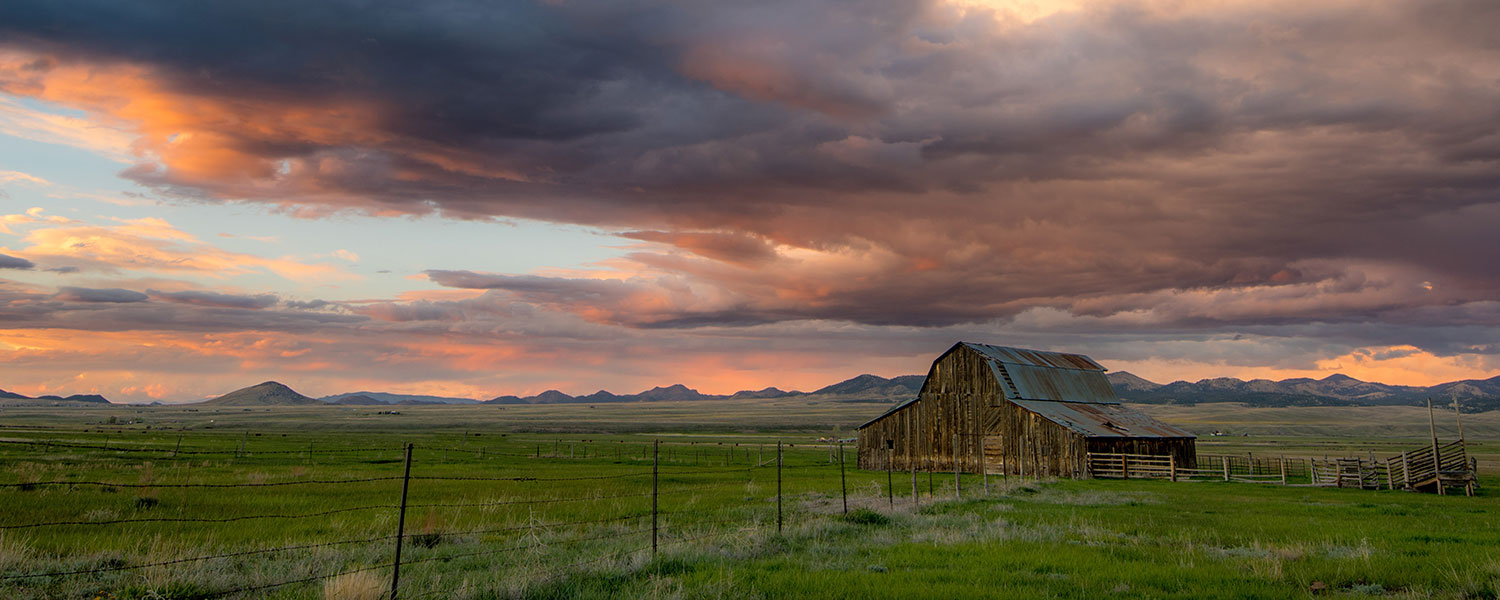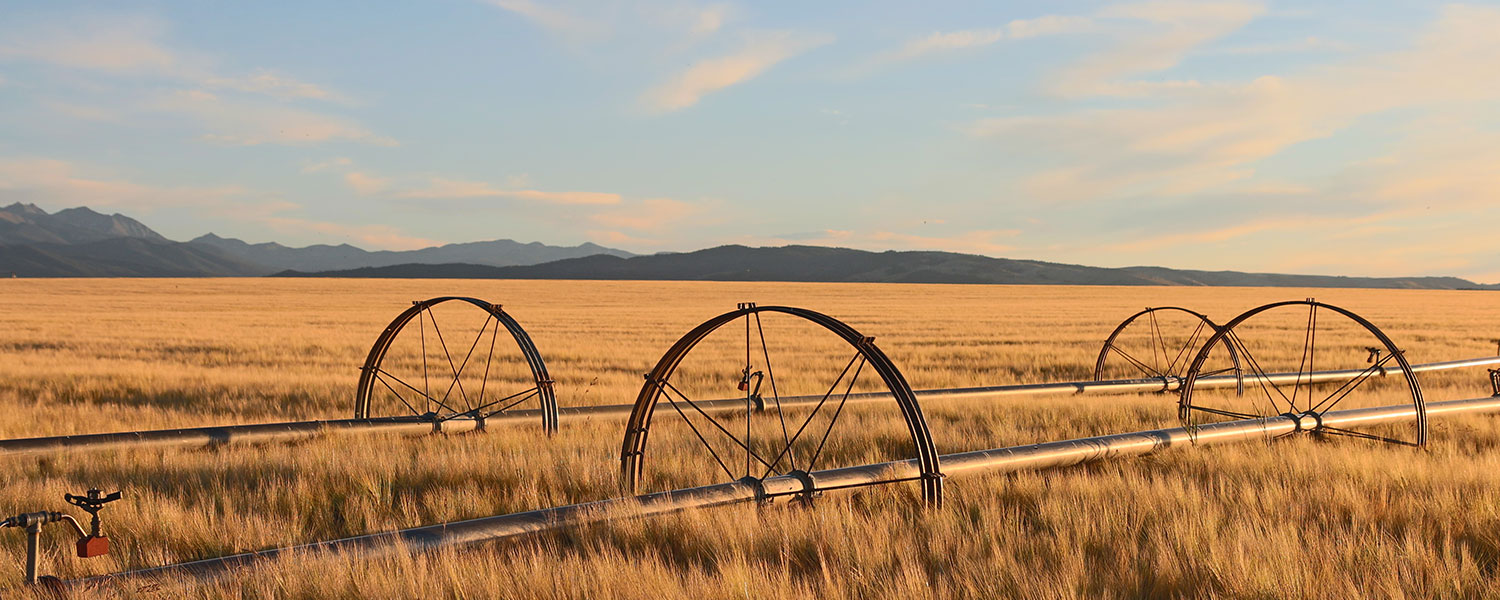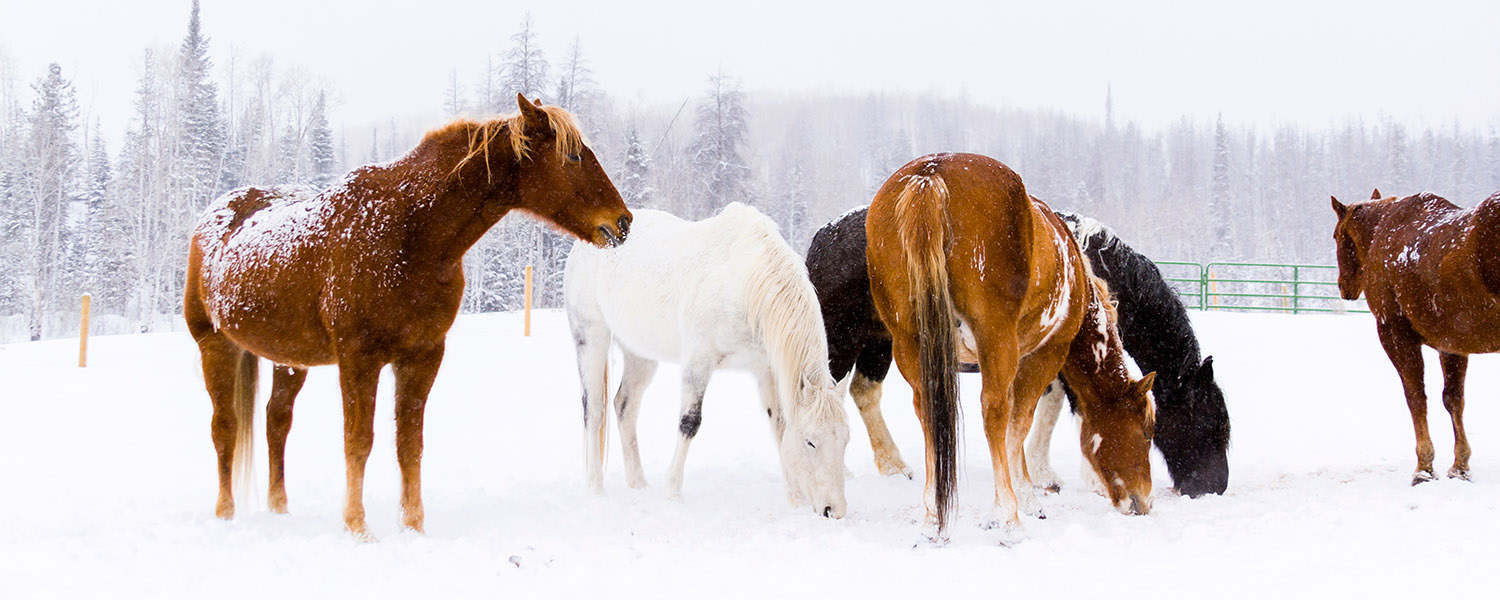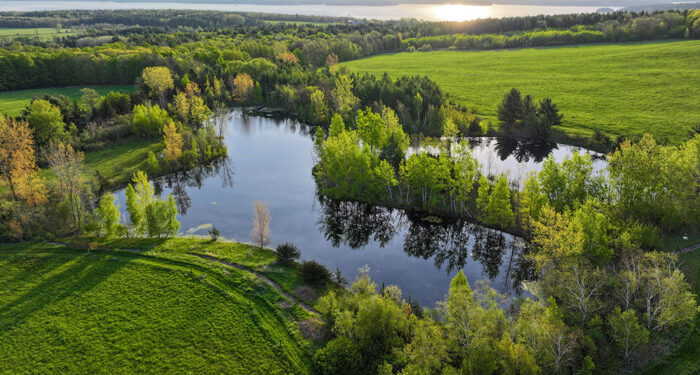Rocky Mountain Reverence: Exploring the Land, Legacy, and Lifestyle

STEWARDSHIP OF OUR ROOTS IN THE ROCKY MOUNTAINS AND BEYOND
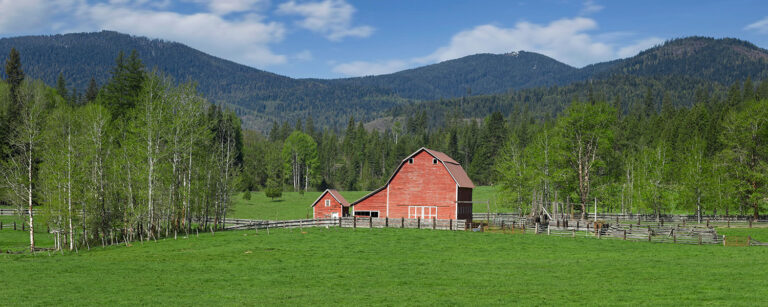
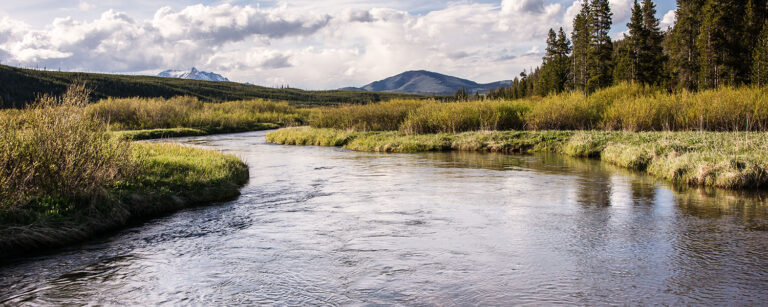
Use the vast array of our partners’ knowledge and local expertise to narrow down the property you want for you and your family.
WE WORK TOGETHER TO HELP YOU LEARN YOUR PROPERTY AND INTRODUCE YOU TO THE FOLKS WHO CAN HELP YOU UNDERSTAND WHAT YOU HAVE AND HOW TO INTERACT WITH YOUR LAND.
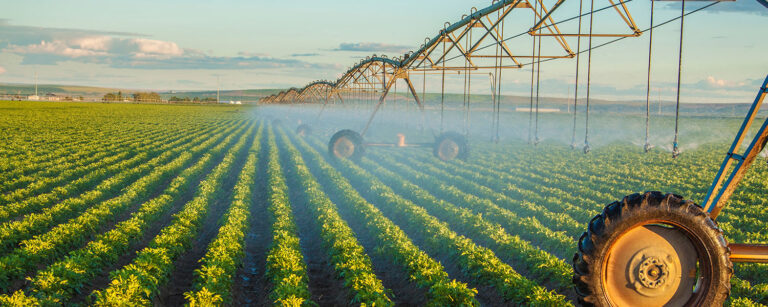
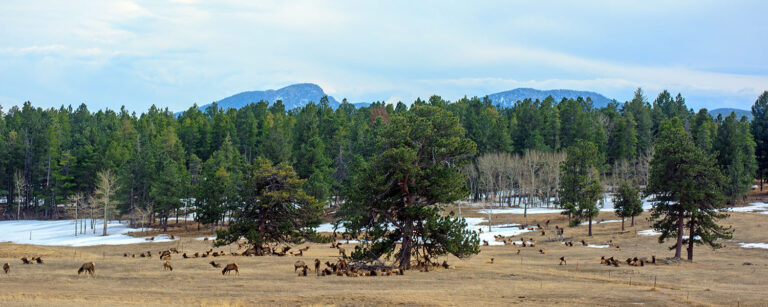
THE IMPORTANCE OF OUR ROOTS AND THE LAND
WILDLIFE
The Rocky Mountains are teeming with a diversity of species that thrive in its rugged terrain and vast wilderness. From the expansive forests of Montana to the windswept plateaus of Wyoming, this region offers some of the finest big-game hunting in North America. Elk roam the high country, their haunting bugles echoing through the valleys during the fall rut, while mule deer and pronghorn can be found in the open sagebrush flats and foothills. For those seeking a challenge, the Rockies are also home to mountain goats and bighorn sheep, found on the steepest slopes and sheer cliffs, where the views are as breathtaking as the hunt itself.
Bird hunting in the region is equally rewarding, with upland game like grouse and pheasant populating the grasslands and river bottoms. The rivers and lakes provide critical habitats for a variety of waterfowl, including ducks, geese, and even trumpeter swans. And for anglers, the waters contain native cutthroat trout, brown trout, and rainbow trout, making the Rockies a top destination for fly fishing.
LIVESTOCK OPERATION
The Rocky Mountains have a long and storied tradition of ranching, where generations of cattlemen have shaped the landscape as much as it has shaped them. Cattle graze on nutrient-rich native grasses in the summer, moving to lower elevations for winter pasture, while sheep ranching remains a vital part of the agricultural heritage, especially in areas like Wyoming and Idaho.
These operations are more than just businesses; they are a way of life that embraces the rugged spirit of the West. Ranchers here face challenges that are as tough as the land itself, from managing water rights to dealing with harsh weather, but their stewardship has led to sustainable grazing practices that help preserve the natural ecosystem. The Rockies’ elevation and climate also provide unique opportunities for raising high-quality beef and lamb, known for their rich flavor and exceptional quality.
Today, many ranches incorporate modern techniques and conservation-minded approaches, blending tradition with innovation. Whether it’s rotational grazing, improving water sources, or working with land trusts to protect open spaces, livestock operations in the Rockies continue to evolve while staying true to the region’s deep ranching roots.
STEWARDSHIP
Stewardship runs deep in the Rocky Mountains, where the land’s vastness and beauty demand a careful balance between use and preservation. Generations of ranchers, hunters, conservationists, and outdoor enthusiasts have taken on the responsibility of safeguarding this rugged landscape, from the sweeping grasslands of Wyoming to the forested slopes of Colorado. Managing the natural resources here goes far beyond maintaining a livelihood; it’s about ensuring that future generations can experience the same wide-open spaces, abundant wildlife, and iconic vistas.
In the Rockies, stewardship often involves sustainable grazing practices, wildlife habitat restoration, and thoughtful water management to adapt to changing conditions. Landowners work closely with local and federal agencies, as well as conservation organizations, to implement practices that reduce soil erosion, restore native plant species, and protect watersheds. Projects like reforestation, invasive species removal, and riparian restoration are critical in supporting the resilience of these ecosystems.
The region also fosters a culture of collaborative conservation, where private landowners and public land managers join forces to create large-scale conservation easements that keep vast tracts of land undeveloped and intact. Through stewardship, people of the Rockies are not just preserving the land’s current state; they’re actively enhancing its natural wealth, honoring the West’s heritage while preparing for its future.

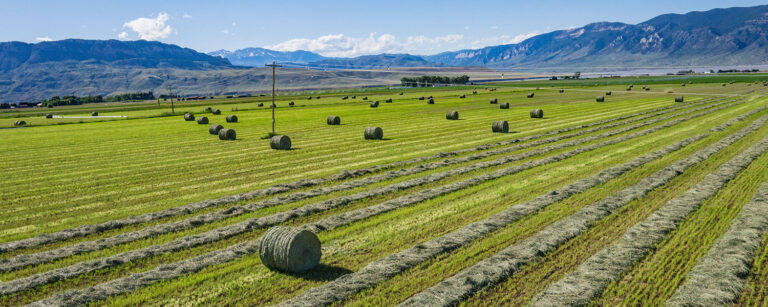
The Rocky Mountain region is home to some of the most rugged and awe-inspiring landscapes in North America. Here the land is marked by towering peaks, sprawling valleys, and rivers. This region is a sanctuary for those seeking adventure and solitude, offering opportunities for big-game hunting, fly fishing, and skiing in world-class resorts. The Rockies hold stories of pioneers and Native American tribes who have long called these mountains home, shaping the culture and traditions that endure to this day.
At every turn, the land reveals its unique character. The high alpine meadows burst into vibrant wildflowers in early summer, while the forests of aspen and pine cloak the mountains in a rich tapestry of color. Ranching has deep roots here, and the wide-open spaces continue to support working cattle operations and sustainable agriculture. The vast wilderness areas and national parks, including Yellowstone and Rocky Mountain National Park, are not just natural wonders—they’re living reminders of the conservation efforts that define this region.
Whether you’re exploring the backcountry on horseback, casting a line in the Clark Fork, Salmon, or Bighorn Rivers, or watching the sunset paint the peaks of the Grand Tetons, the Rockies provide a deep connection to the land, and each experience feels like part of a grand narrative. From the wildlife to the sweeping vistas, the Rocky Mountain region is a place of enduring beauty and adventure, inviting you to become part of its story. Wherever your journey takes you, we are here to guide you through these timeless landscapes.
